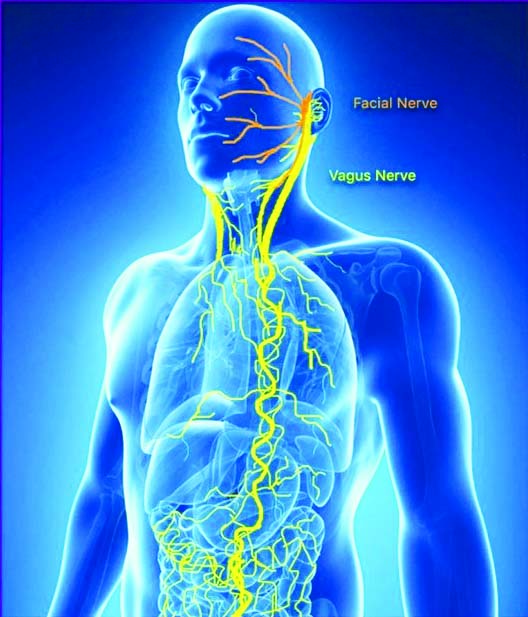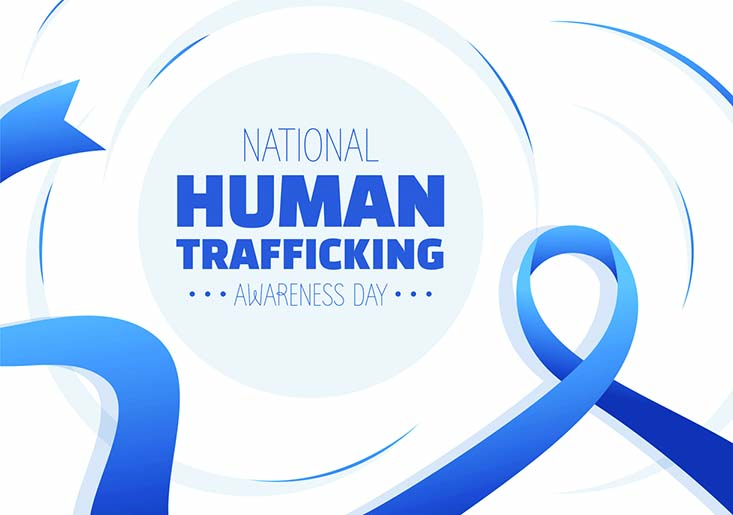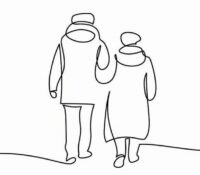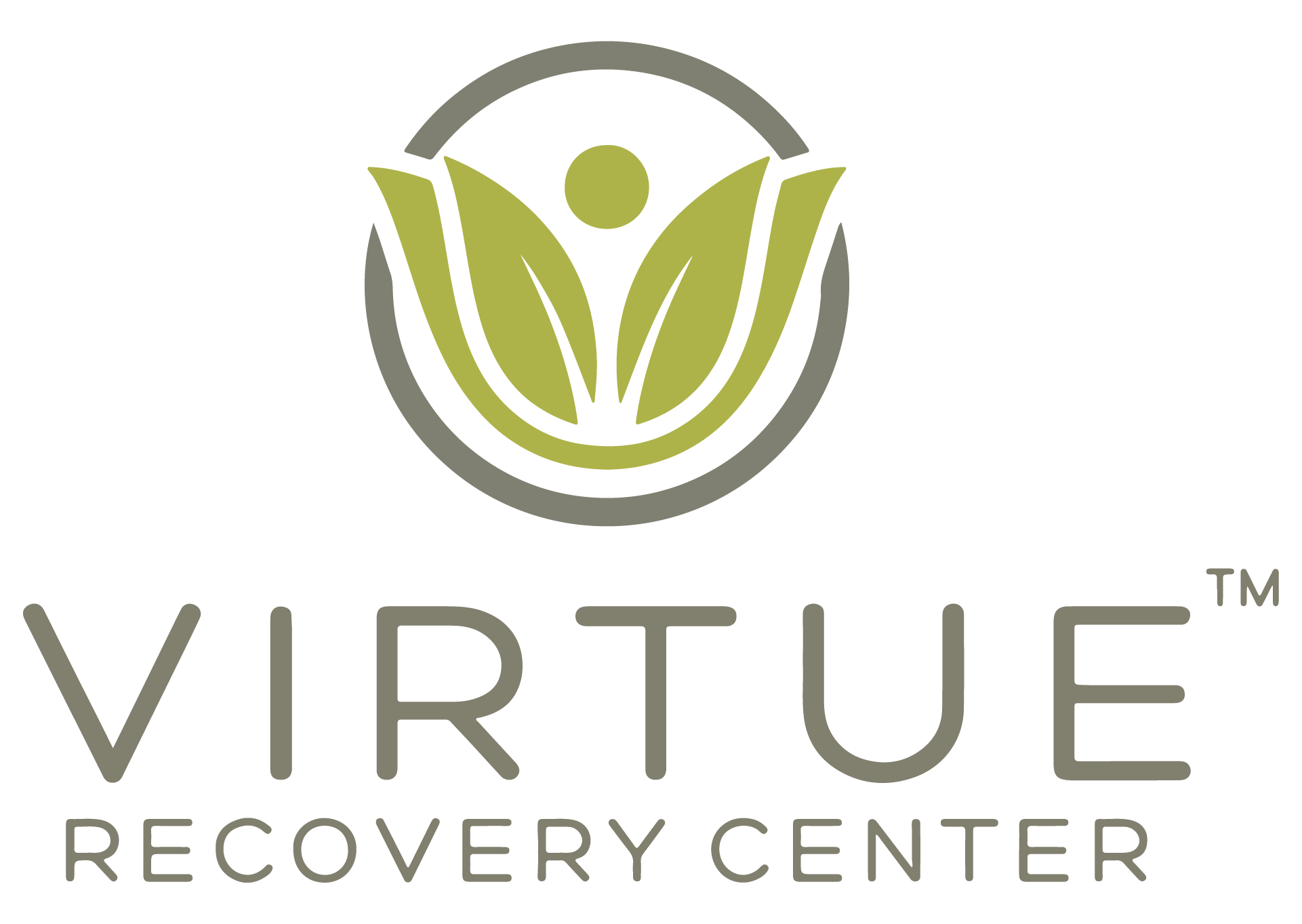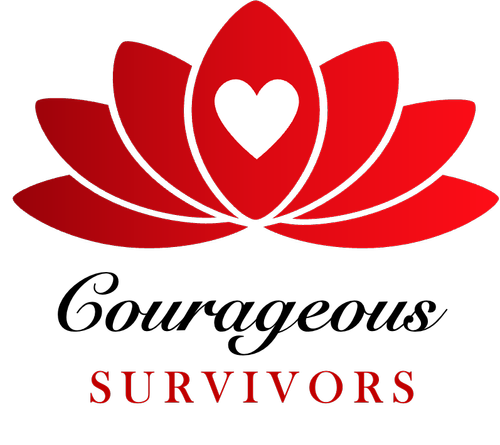The Myths and Realities of Trafficking
As a follow up to our November 2023 feature, we continue to bring awareness to the topic of human trafficking.
Traffickers recruit victims by offering them something they desperately want or need. Sometimes it’s a job, sometimes love, a safe place to sleep or a sense of belonging and community. So it makes sense there is more trafficking in communities where needs are greater.
January is Human Trafficking Prevention Month, a presidentially designated observance designed to educate the public about human trafficking and the role we all can play in preventing and responding to human trafficking. Below are but a few Myths and Realitys:
Myth: Victims must be held against their will using some form of physical restraint or bondage.
Reality: While some traffickers physically hold the people they exploit, it’s more common to use psychological means of control. Fear, trauma, drug addiction, threats against families, and a lack of options due to poverty and homelessness can prevent someone from leaving. Some who experience trafficking may be manipulated or believe they are in love with their trafficker, which can make them resistant to seeking help.
Myth: Victims will be desperate to escape their trafficker and ask for help when they need it.
Reality: Individuals who experience trafficking may not readily seek help due to a number of factors, including shame, self-blame, fear, or even specific instructions from their traffickers regarding how to behave when interacting with others. They do not always self-identify and may not realize that they have rights.
Myth: Human trafficking is the same thing as sex trafficking.
Reality: Human trafficking includes labor trafficking, which involves children and adults compelled to perform labor or services by force, fraud, or coercion.
Myth: Only women and children experience trafficking.
Reality: Anyone can experience human trafficking, including men. Traffickers prey on the vulnerable, often with promises of a better life. Risk factors include prior history of abuse or sexual violence, generational trauma, poverty, unemployment, and unstable living situations, or homelessness.
Myth: It’s always or usually a violent crime.
Reality: By far the most pervasive myth about human trafficking is that it always — or often – involves kidnapping or otherwise physically forcing someone into a situation. Most traffickers use psychological means such as tricking, defrauding, manipulating or threatening victims into providing commercial sex or exploitative labor.
Myth: Human trafficking involves moving, traveling, or transporting a person across state or national borders
Reality: Human trafficking is often confused with human smuggling, which involves illegal border crossings. In fact, the crime of human trafficking does not require any movement whatsoever. Survivors can be recruited and trafficked in their own hometowns, even their own homes.
Myth: All commercial sex is human trafficking
Reality: All commercial sex involving a minor is legally considered human trafficking. Commercial sex involving an adult is human trafficking if the person providing commercial sex is doing so against his or her will as a result of force, fraud, or coercion.
Myth: All human trafficking victims are kidnapped and isolated.
Reality: This myth about human trafficking is often portrayed in pop culture. Human trafficking doesn’t require the victim to be taken from their home at all. As long as force, fraud, or coercion is present (or the victim is under age 18) the victim doesn’t need to be transported.
Myth: Victims and traffickers are usually strangers.
Reality: A trafficker could be a family friend, a significant other, or a close relative. Familial trafficking is a horrific reality where a victim’s trafficker is a direct family member. When the trafficker already has a connection to the victim, it can be easier to coerce the victim into forced sex or labor.
Myth: Rescue brings immediate relief for survivors.
Reality: For survivors, the process of police intervention is often traumatic. Many have a deep fear of law enforcement. It is not uncommon for victims to try and hide or escape from police during a rescue operation. Rescue is not the final step to freedom for each survivor.
Myth: The best way to fight trafficking is to take victims from their situation.
Reality: While it may seem like removing victims from their situation is the best way to help them, that action could be highly dangerous and even classified as kidnapping. Reporting to the proper authorities is the best action to take if you suspect trafficking. When the police are able to recover the survivor and arrest the traffickers involved, significant impact is made.
Visit http://www.aatn.org
January 11 is National Human
Trafficking Awareness Day.

